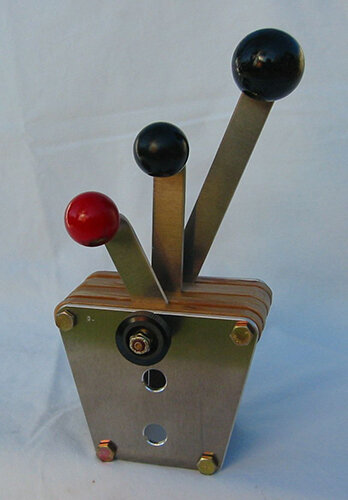13 May 2020
The phrase balls to the wall refers to an all-out, maximum effort. The metaphor underlying this meaning isn’t clear until you understand that it got its start in the U.S. Air Force. The balls in question are the round caps on the throttle of many aircraft, and when they are pushed all the way forward, close to the front wall of the cockpit, the aircraft is generating maximum thrust.
The phrase is first recorded in William C. Anderson’s 1965 science fiction novel Adam M-1:
That’s the attitude, Captain [...] No more anxieties. Balls to the wall!
Anderson was a retired U.S. Air Force officer who had served from World War II through to the Vietnam War.
It also appears in Frank Harvey’s Air War: Vietnam from 1967:
That first Doomsday Mission (as the boys call a big balls-to-the-wall raid) against Hanoi.
There are claims that the term was in use as early as the Korean War. While these claims are plausible and even likely to be true, no one has yet produced contemporary evidence of the term’s use prior to 1965.
Of course, the term also carries a connotation of the male genitals, and this undoubtedly contributed to its appeal from the start—and its omission from early published sources—even if it isn’t the metaphor originally underlying the phrase. In this respect, it’s related to the phrase balls out, which also means unrestrained, completely committed. This phrase probably got its start as a play on all out that includes a reference to the testicles.
Balls out also got its start in the U.S. Air Force, or more accurately the U.S. Army Air Forces, but it’s older than balls to the wall. Its first known appearance is in 1945 on the nose of a P-47 fighter flown by Captain Milt Thompson.
Sources:
Green’s Dictionary of Slang, 2020, s.v. balls, n.
Oxford English Dictionary, third edition, June 2007, s.v. balls-to-the-wall, adj. (and adv.), balls-out, adv. and adj.
Sheidlower, Jesse. “Balls in the Air.” Slate.com, 10 February 2006.


